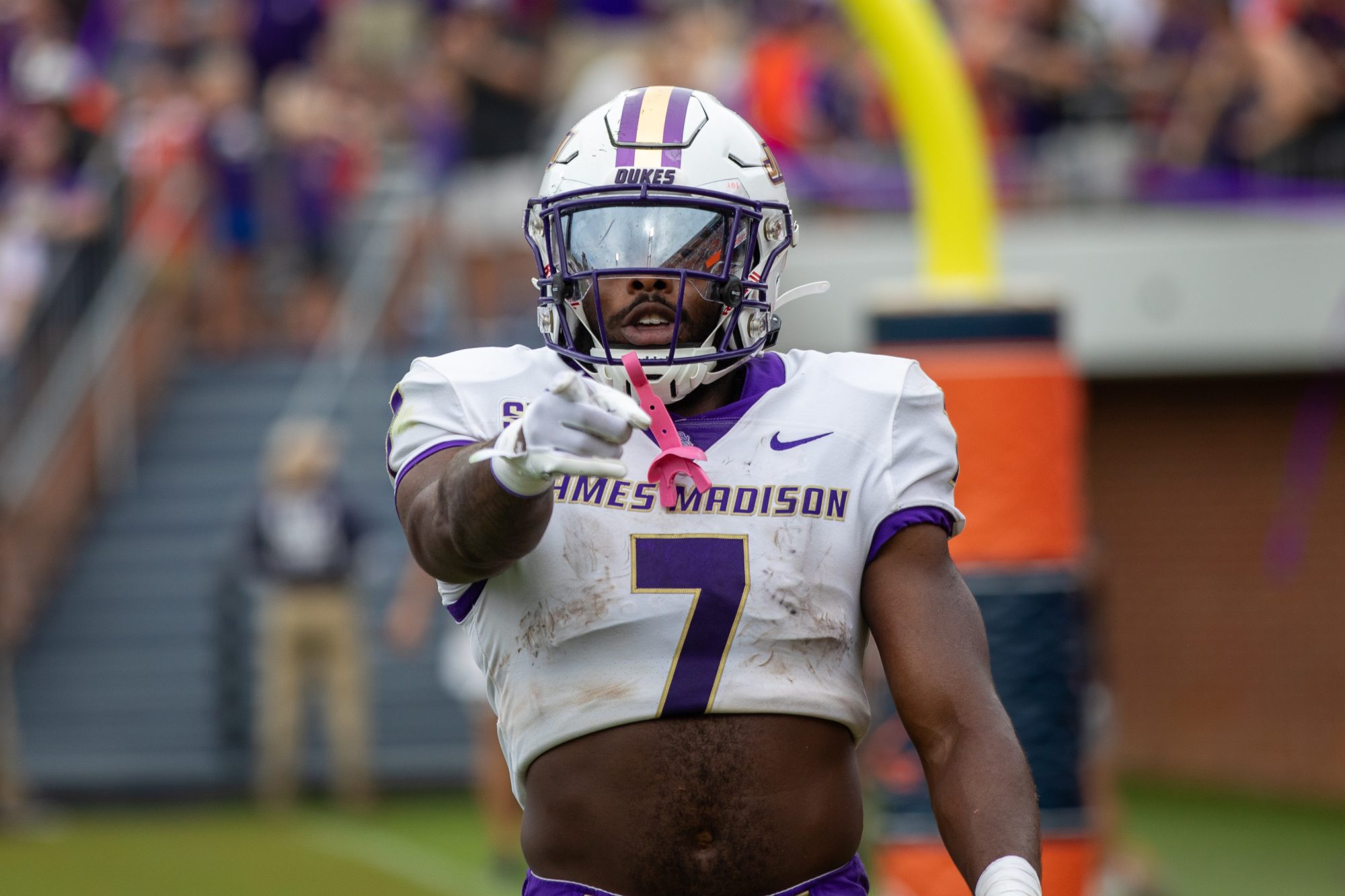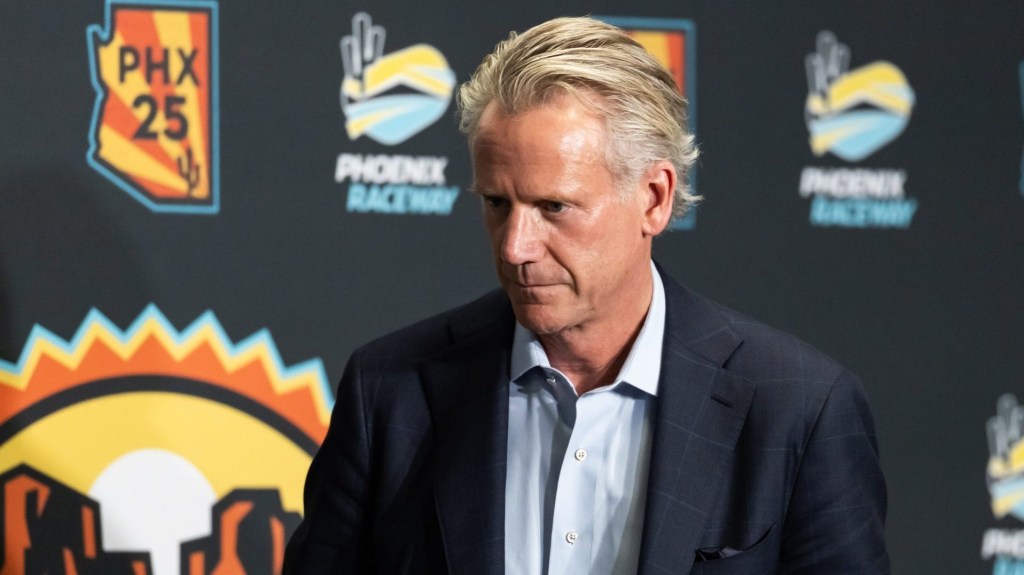In only its second year in the FBS, James Madison is headed to its first bowl game. On Dec. 23, it will face off against Air Force in the Armed Forces Bowl.
For over a decade, the Dukes have modeled their athletic department budget and resources after the Group of 5, rather than fellow FCS programs.
In other words, the Dukes have been dressing for the job they wanted, not the job they had.
“We wanted to make it [into the FBS] as a successful program — not one that was trying to be successful,” athletic director Jeff Bourne told Front Office Sports last week.
JMU, a perennial FCS football champion, really began its transition in 2010, Bourne said, and has long resembled a Sun Belt team from staffing to facilities.
Since at least 2017, the program has spent a minimum of $10 million on its football program (with the exception of the COVID 2021 year), according to Knight-Newhouse data. In 2022, the program spent $11 million on football.
The budget was on par with the Group of 5: Between 2017-22, teams spent a median of $10 million-$12 million. The FCS median in this time period never rose above $4.4 million.
In 2022, the Dukes’ entire athletic department ($58 million) budget was larger than that of every other Sun Belt program.
It’s not just the numbers — the program knew exactly where to put those dollars to create the glitz of an FBS team.
In 2011, JMU spent $62 million to expand its football stadium capacity to 27,000 seats — a number that could be doubled based on the stadium’s blueprint. The Dukes also invested in practice facility upgrades for every sport, as well as a new basketball arena, which opened in 2020.
“We designed our football stadium from the beginning to be a 40,000-seat stadium,” Bourne said. “We weren’t going to need that at the FCS level.”
The Dukes’ unprecedented run in the 2022 season — their first in the Sun Belt — saw them finish an FBS schedule at 8-3 (most transitioning teams play an FCS schedule in their first year). But NCAA rules prohibit postseason eligibility in the first two years after a transition to the FBS. The Dukes appealed, to no avail.
After going 11-1 this year, the Dukes appealed again unsuccessfully. They pled their case on ESPN’s “College Gameday,” threatened legal action, and even got local government representatives to advocate on their behalf.
In the end, the Dukes got their wish on a technicality: Not enough teams met the criteria for participating in a bowl game.
“It’s a wonderful thing to see young people rewarded for what they’ve done,” said Bourne, who will retire at the end of this year.
The team’s success could bring obstacles in the future, however. When a Group of 5 program makes an impressive run, richer schools often try to poach talent.
As Bourne rides off into the sunset, he’s confident that he’s set the Dukes up for many years of success. But he acknowledged that “we do not have the resources to compete with the monies that [Power 5 schools are] able to garner as part of their syndication packages.”
The day after FOS’ interview, longtime JMU coach Curt Cingetti, who made between $600,000-$700,000 coaching the Dukes, announced he would depart for Indiana. While his contract details have not been revealed, previous IU coach Tom Allen raked in almost $5 million.
(Quarterback Jordan McCloud also announced his intention to enter the transfer portal.)
But Bourne specified he saw the Dukes as a perennial top contender in the Sun Belt — and, in the future 12-team College Football Playoff, a contender for slot afforded to the Group of 5.
And if the recent upward trajectory of donations is any indication (going from $2.91 million in 2021 to $6.4 million in 2023), donors will pool their resources to keep the program strong.
“JMU’s in a position to compete at the very top of the sun belt conference,” Bourne said. “We will remain steadfast in our planning, in our compensation packages to remain right at the very top of the Sun Belt.”

















